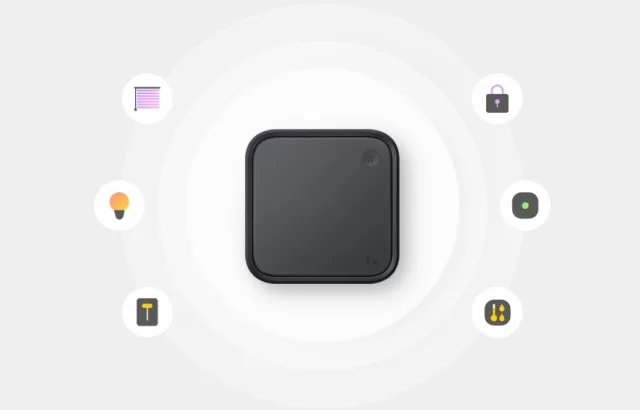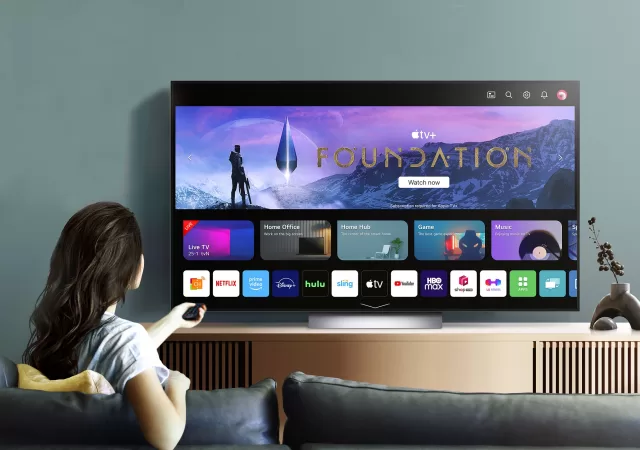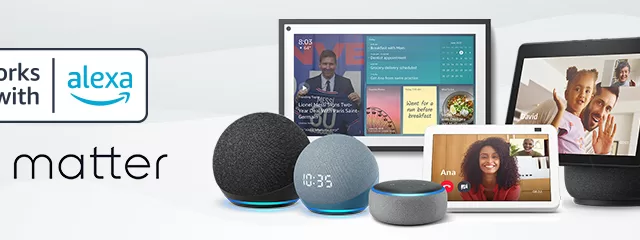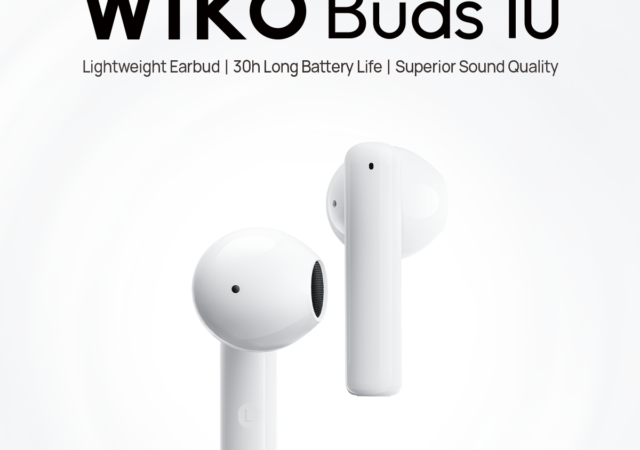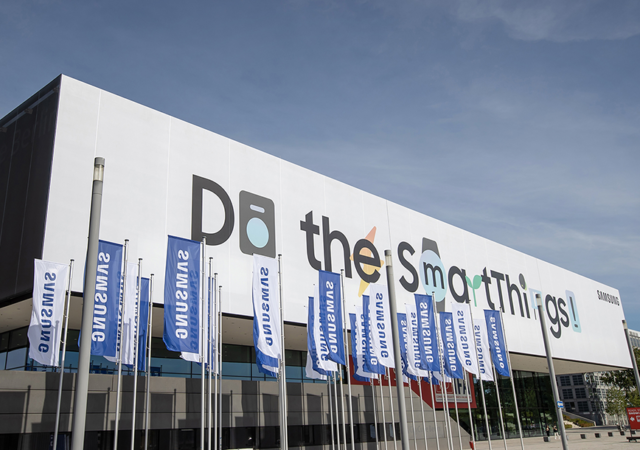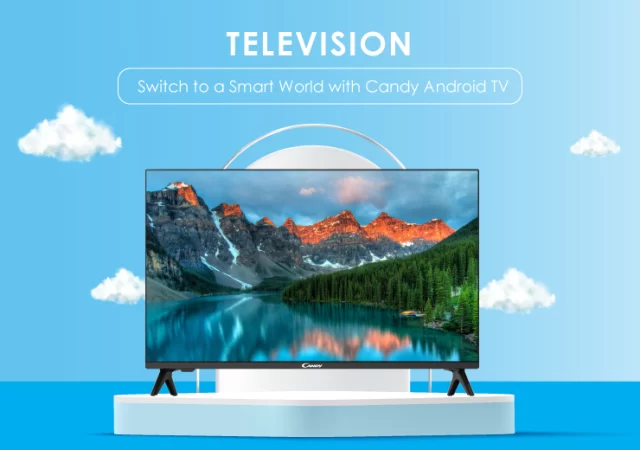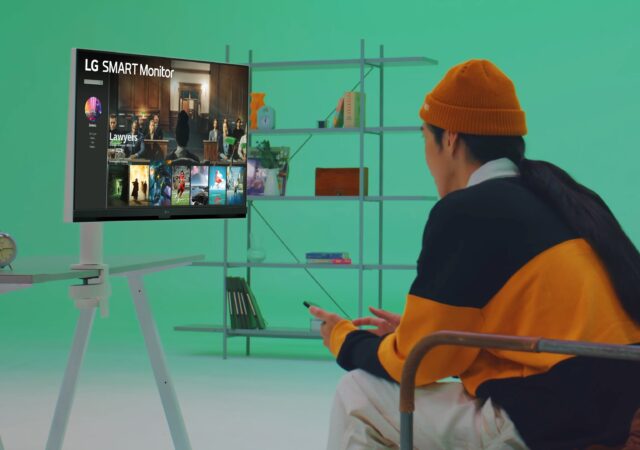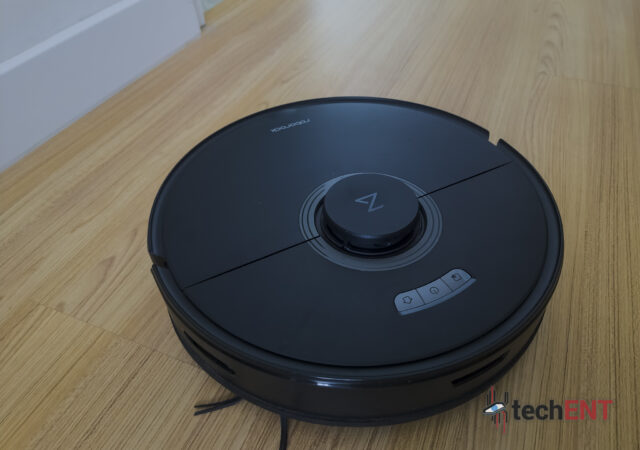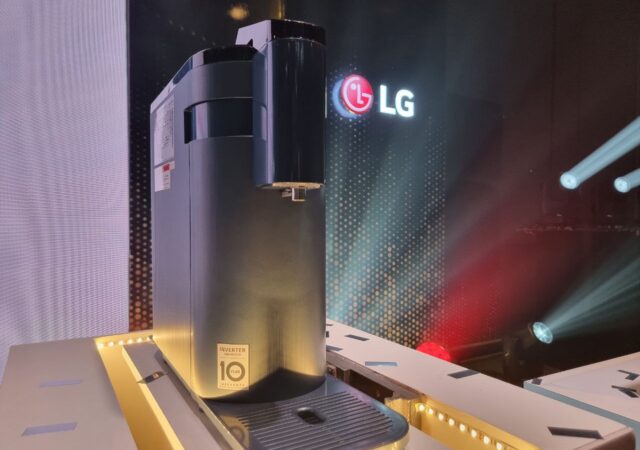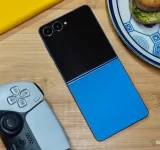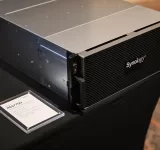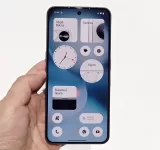Samsung introduces the SmartThings Station in CES 2023. The new wirlessly charging puck is also a hub for all your smart home devices.
[CES 2023] LG Launches New OLED TVs, Including the G3 and C3
LG announces brand-new line-up of Z3. G3, and C3 OLED evo TVs with their brand new Alpha processor packed with more powerful AI engine.
Amazon Brings 17 Different Echo Devices to Matter
A month after Amazon committed to the Matter alliance, they updated 17 of their Alexa compatible devices to work with Matter.
WIKO Buds 10 now available on Shopee
Wiko Malaysia has announced the release of their affordable earbuds, the Buds 10 in Malaysia. The French manufacturer’s latest entry into the budget true-wireless earbuds market features 12-mm bio-diaphragm dynamic drivers with copper-coated aluminium armature. This design results in lightweight…
[CES 2023] More SmartThings for the Future – A Samsung Editorial
Samsung is gearing up for CES 2023. In the middle of it all, they are teasing even more SmartThings for the year.
Android TVs get More Affordable with Candy
A new brand, Candy, launches in Malaysia exclusively on Shopee Mall with Android TV offerings at a very affordable price point.
LG’s New SMART Monitor is the Other Choice
LG announces their latest 4K UHD Display. Their new 32-inch SMART Monitor offers WebOS 22 even without a PC connected to it.
The Roborock Q7 Max+ In-Depth Review – Out of Sight, Out of Mind
What does MYR 3,099 buy you? It buys you a Roborock Q7 Max+ vacuum robot. This one is rather special with a tower dock. Should you get it?
LG’s Latest PuriCare is a Self-Service Thing for MYR 60/month Onward!
LG launches their latest tankless PuriCare water purifier. The new 2022 water purifier can now be self-serviced for as low as MYR 60 a month.
Celebrate Acer Day 2022 with Massive Discounts, Offers & A Chance to Get an Acer Nitro 5 at MYR399!
Acer Day 2022 is here with more offers and discounts for everyone and a special focus on sustainability and a Nitro 5 for MYR 399!



